Are you feeling nervous about the DAT Quantitative reasoning section? Don’t fret because, with the right preparation, you can ace this section effortlessly and boost your overall DAT score.
To help you succeed we have put together the structure of this test and various tips that will guide you toward your success. Read on and improve your understanding of concepts and how to manage time effectively.
What we will cover?
What is DAT Quantitative Reasoning?
Quantitative reasoning is part of the Dental Admission Test that assesses the mathematics skills of a candidate, and the ability to apply them to solve problems. It tests various areas such as geometry, algebra, arithmetic, and statistics.
This test section comprises 40 multiple-choice questions that must be answered within 45 minutes. The main goal of this test is to test a candidate’s ability to solve complex mathematical problems and analyze and interpret numerical data.
Quantitative Reasoning is an essential test that allows candidates to be enrolled in dental schools. As such, it is critical to prepare for it early enough and perform well.
DAT Quantitative Reasoning structure
The structure of the quantitative reasoning sections includes a variety of mathematical areas that include: Algebra, Numerical Calculations, Conversions, Probability & Statistics, Geometry, Trigonometry, Graphical anlaysis and Word Problems.
-
Algebra
The Algebra section comprises 9 questions that test the understanding of equations, inequalities, and algebraic expressions. The candidate will be required to manipulate equations, factors, and linear and quadratic equations and show their ability to work with absolute values.
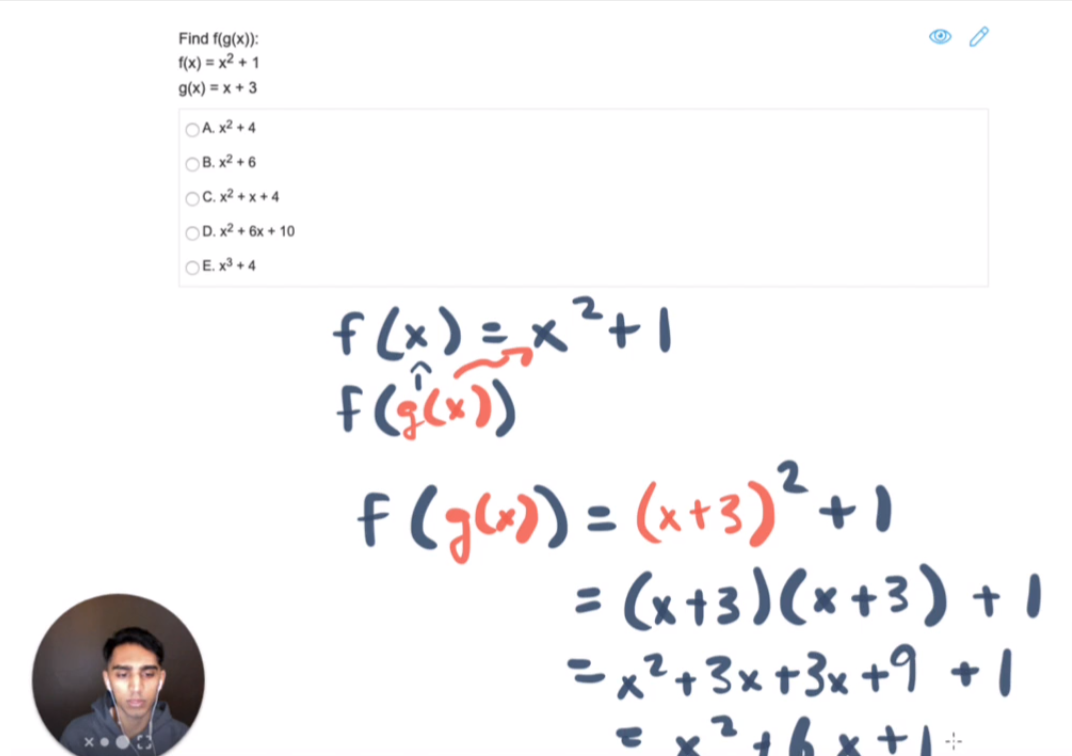
-
Numerical calculations
In this section, a candidate will face 6 questions that assess the ability to perform basic arithmetic problems such as subtraction, addition, multiplication, fractions, percentages, decimals, and division. These questions test accuracy and speed.
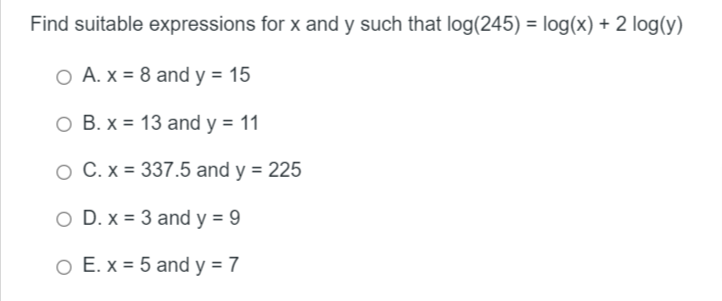
-
Conversions
This section has 3 questions that test a candidate’s ability to convert between various units of measurement such as temperature, volume, weight, and length. They focus on dimensional analysis to solve conversion complications.
-
Probability & Statistics
The Probability & Statistics section of DAT has 4 questions that assess understanding of basic probability and statistics concepts. One will be required to work out permutations and combinations, probabilities, and interpret statistical data.


-
Geometry
This is a section that consists of 4 questions. It assesses an individual’s understanding of geometric concepts such as circles, triangles, polygons, angles, and lines. One will be required to use geometrical principles and formulas to solve problems.
-
Trigonometry
This section consists of 4 questions that assess understanding of basic trigonometric concepts such as tangent, sine, and cosine.
-
Word problems
This section takes up the biggest portion of the test and consists of 10 questions that test an individual ability to solve mathematical problems presented in a real-world context. Candidates are supposed to read and interpret mathematical data.

Tips on how to study for DAT Quantitative Reasoning
Here are some effective tips that you can apply when preparing for this test.
-
Understand what DAT Quantitative Reasoning Section entails
The first thing that you need to do is to understand what this section of quantitative reasoning entails. You need to know the number of questions in the test and the subjects covered. This will help you to have proper planning of what awaits you.
You also need to have a clear understanding of the three types of questions presented in the paper. The paper basically tests problem-solving, data analysis, and quantitative comparative questions. After you’ve outlined what the section represents, you can create a proper plan that includes determining which subjects require intense focus and which require a shorter attention span.
The amount of time you have to prepare before the real exam will also determine your preparation strategy. To improve your chances of success, always allow at least three months to prepare.
-
Create a Study Plan for the DAT Quantitative Reasoning Section
The first step in creating a study plan for this test is to set goals for yourself. You need to set a target for the score that you want to achieve on the exam. This will help you stay motivated and avoid wasting time on issues that do not matter. When setting goals, be realistic and set achievable targets.
You will also need to understand your weaknesses and strengths so that you can tailor your study plan and focus on areas that need the most improvement. Go through a sample question and mark areas that you consistently perform well and those you find challenging.
-
Review Core Concepts and Mathematical Skills
You need to review the core concepts in mathematics if you want to succeed in the QR section. This includes revision and familiarizing yourself with numerical calculations, algebra, probability and statistics, and quantitative comparison.
You should also spend a considerable amount of time reviewing and revising these areas and practice problems related to them. You can take sample questions and if there is something that you do not remember, go back to your notes to confirm. And, try memorizing these concepts because repetition will increase retention. You can make your own formula sheet or use this provided by Bootcamp.
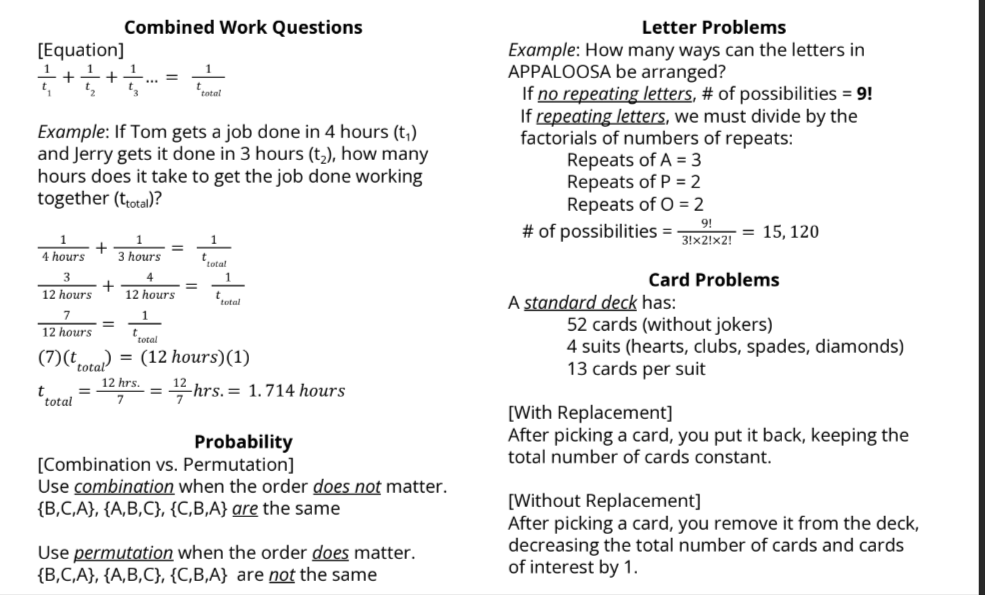
-
Test-Take Strategies for the DAT Quantitative Reasoning Section
You need to test-take some strategies that will help you simulate the real exam environment. You can do this by effectively managing time where you skim through the questions and identify the ones you can answer first.
Use a time tracker to monitor your time and if you get stuck on one question move on to the next. You can always go back to it later. You can also try using the elimination method to answer questions accurately.
Use estimates and mental math to quickly narrow down an answer choice and avoid wasting more time. Finally, check your work and look for any mistakes that you could have made.
Bootcamp and DAT Booster are known to provide most realistic practice test.
- One of the most popular DAT programs known for its Bootcamp approach.
- High-Quality Video lectures. Chemistry lessons are top-notch.
- Customizable practice questions and study plans. Helpful video explanations for hundreds of questions. Good for visual learners.
- Most realistic practice test compared to others.
- Bootcamp Pro $497, Plus Plan $897
Final thoughts
Preparing for the DAT Quantitative Reasoning exam can be a daunting process but a rewarding one in the end because it can increase your chances of success. It is critical to know how to manage time effectively and use mathematical skills in answering the questions.
With consistency, practice, and dedication you can develop adequate skills that will help build the confidence needed to perform this test.
Remember to stay motivated and don’t be afraid to ask for help if you need it. By following the above guideline, you are sure to pass the test and get a good score that will propel you toward the career of your dreams.
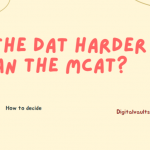

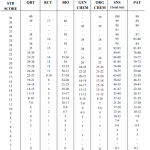

Review Summary
User Reviews
There are no reviews yet. Be the first one to write one.
Share Your Experience